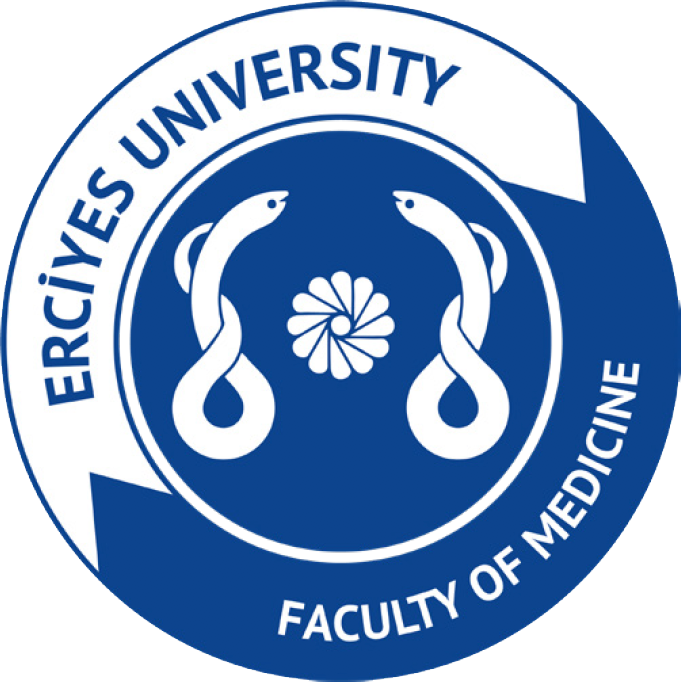2Erciyes Üniversitesi Tıp Fakültesi Patoloji, Kayseri
Abstract
Purpose: The authors aimed at determining the most suitable surgical technique and suture material in order to increase the quality of life and to decrease the surgical granulation tissue that impairs pulmonary functions by postoperative tracheal stenosis.
Materials and Methods: This experimental study was carried out on 24 New Zeland rabbits of both sexes. Effects of two different suture materials and two different surgical techniques on late recovery period were compared in the developing rabbit trachea.
Results: Average tracheal area were calculated as 19.69±2.18 mm2 in the 1st group, 15.33±2.69 mm2 in the 2nd group, 16.95±2.93 mm2 in the 3rd group and 9.01±2.64 mm2 in the 4th group. A statistically significant difference was found (p<0.05). The proportion of the tracheal area measured at control surgery to the optimal tracheal area was found as follows: 0.78 in the 1st group, 0.61 in the 2ndgroup, 0.69 in the 3rd group, and 0.35 in the 4th group. A statistically significant difference was found between the groups with respect to tracheal area proportions (p<0.05).
Conclusion: Our results suggest that absorbable sutures that are stitched intermittently are superior to other methods or materials for the tracheobronchial reconstruction operations carried out in the childhood period.
2Erciyes Üniversitesi Tıp Fakültesi Patoloji, Kayseri
Amaç: Trakea cerrahisi sonrası oluşan granülasyon dokusu ile birlikte darlığın, yetişkinlik döneminde oluşturabileceği pulmoner fonksiyonları azaltıcı etkisini en aza indirip, hayat kalitesini arttırmak için, en uygun sütür ve cerrahi tekniğin bulunmasıdır.
Gereç ve Yöntem: Bu deneysel çalışma Ocak 2001- Haziran 2001 tarihleri arasında Erciyes Üniversitesi Tıp Fakültesi Göğüs Kalp ve Damar Cerrahisi, Patoloji Anabilim Dalı ve Deneysel ve Klinik Araştırma Merkezi'nde iki değişik sütür materyalinin ve iki değişik dikiş tekniğinin, gelişmekte olan tavsan trakeasında geç dönem iyileşme üstüne etkilerinin karşılaştırılması için her iki cinsten 24 Yeni Zelanda tavşanında yapıldı.
Bulgular: Cerrahide ölçülen ortalama trakeal alan 1.grupta 19.69±2.18 mm2, 2.grupta 15.33±2.69 mm2, 3.grupta 16.95±2.93 mm2 ve 4.grupta 9.01±2.64 mm2 olarak hesaplanmış ve istatiksel olarak anlamlı fark bulunmuştur (p<0.05). Kontrol cerrahide ölçülen trakeal alanın, olması gereken trakeal alana oranı 1.grupta ortalama 0.78; 2. grupta 0.61, 3. grupta 0.69 ve 4. grupta 0.35 olarak bulunmuştur. Trakeal alan oranları açısından gruplar arasında istatistiksel olarak önemli fark bulunmuştur (p<0.05).
Sonuç: Çocukluk çağında yapılan trakeobronsial sistemin cerrahisi sonrası oluşan darlığın en az seviyede olması için trakeal rekonstrüksiyon ameliyatlarında emilebilir sütürlerin tek tek atılan dikiş tekniği ile uygulanması en iyi yöntem olarak görünmektedir.

